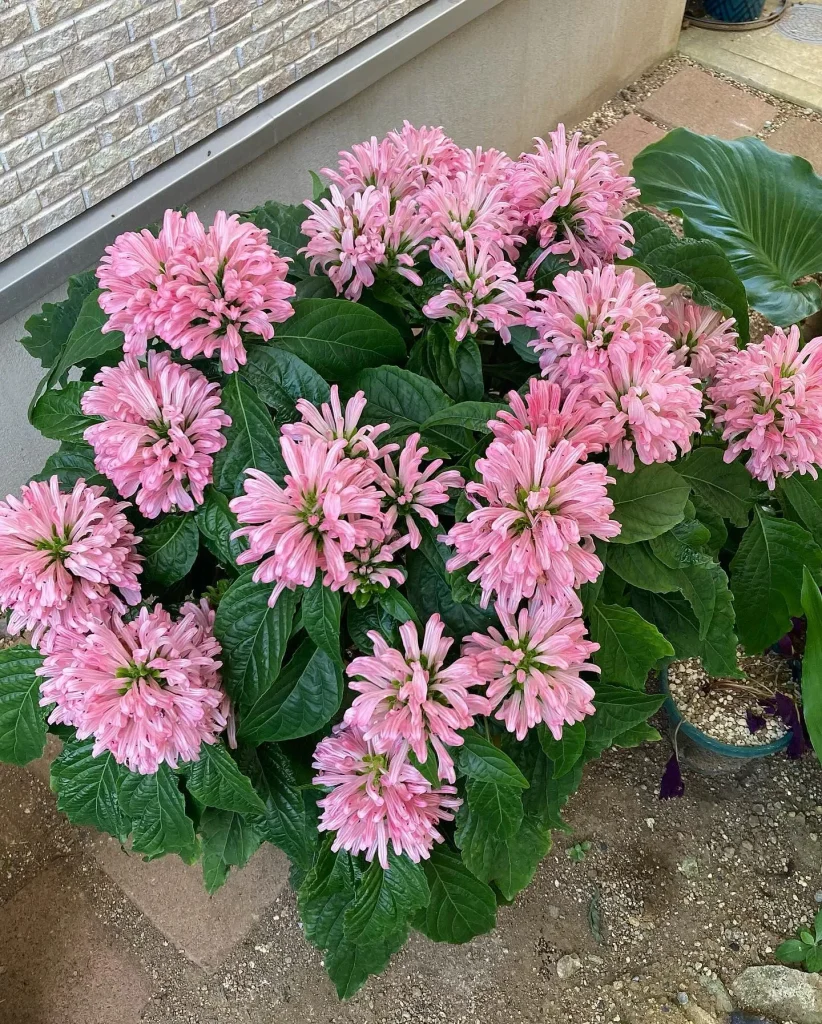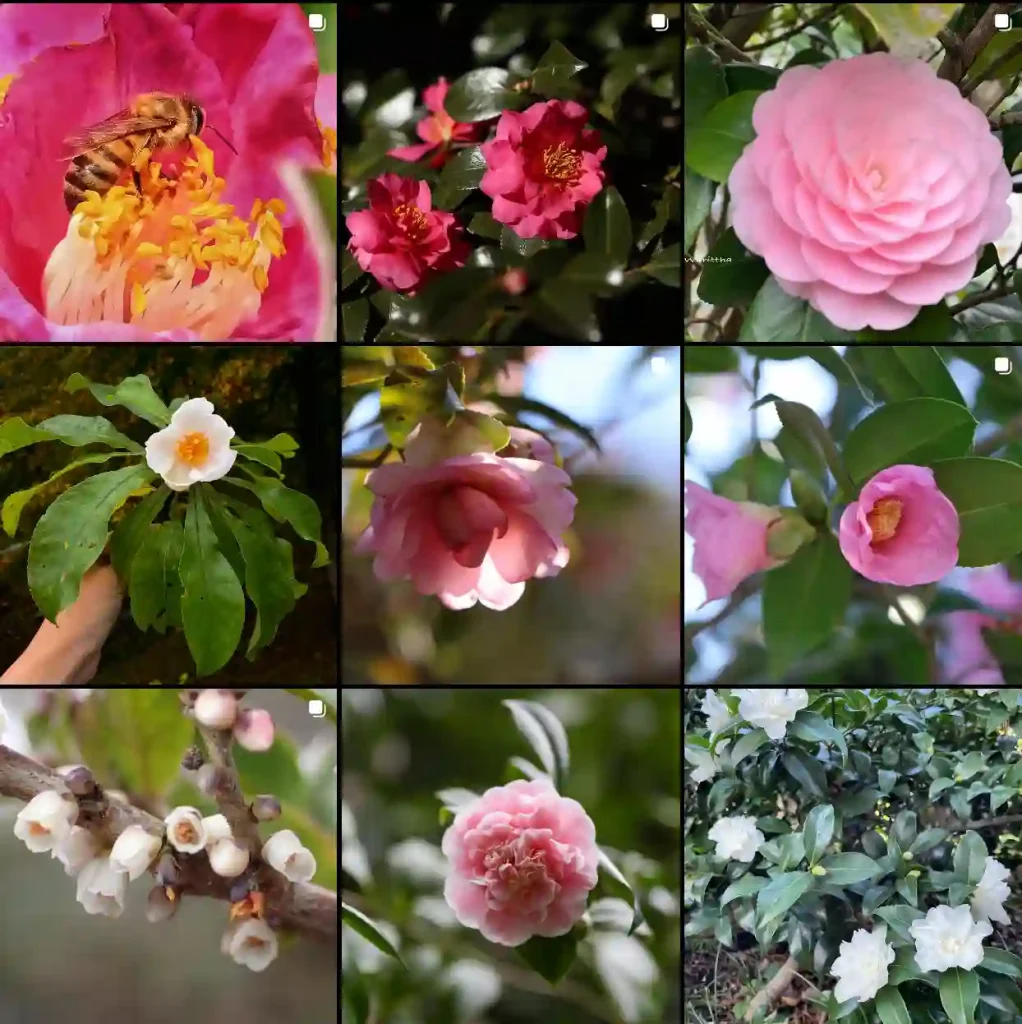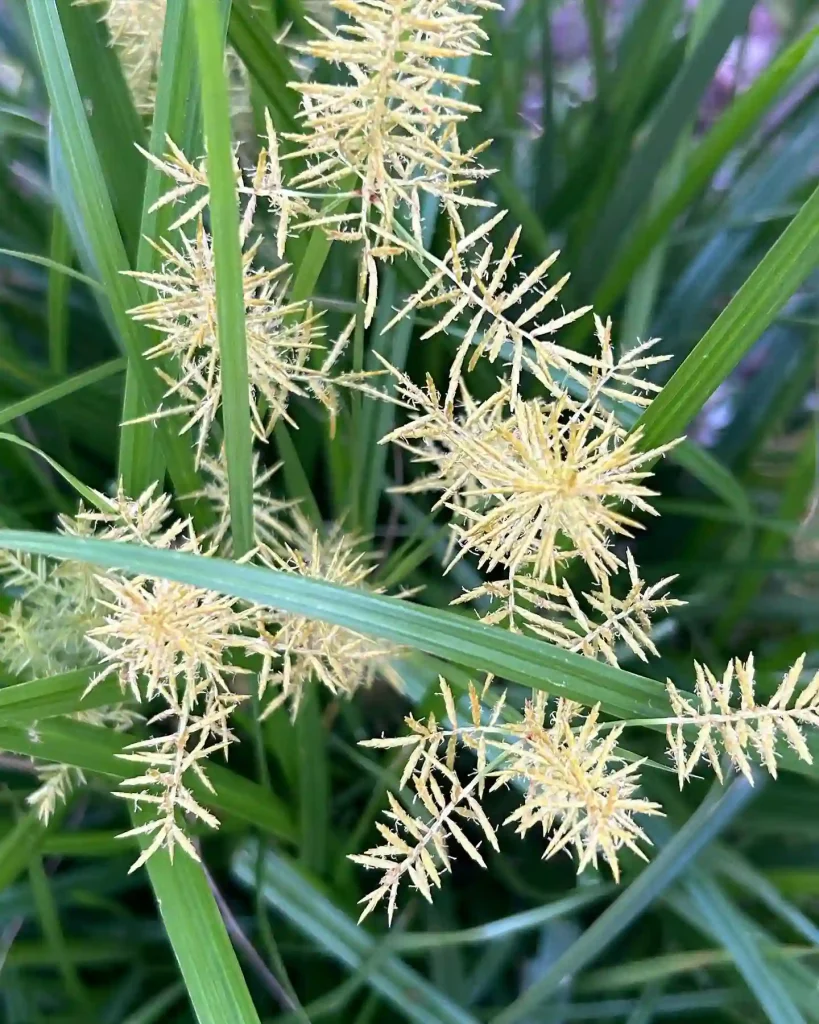Triteleia: A Love Affair with Triplet Lilies
My name is Ferb Vu, and I have a confession to make: I’m utterly captivated by Triteleia. These charming wildflowers, often called triplet lilies, have completely stolen my heart. Maybe it’s their delicate beauty, their vibrant colors, or the way they blanket meadows in a tapestry of purple, blue, and white. Whatever the reason, I find myself drawn to them again and again.
I first encountered Triteleia on a hiking trip in the California hills. The sun was shining, the air was crisp, and the trail wound through a sea of golden grasses. And then, there they were: clusters of these enchanting flowers, their slender stems swaying gently in the breeze. I was mesmerized. I knelt down, carefully examining their intricate blooms. Each flower, I noticed, had six petals (technically tepals, but who’s counting?) arranged in a starburst pattern. And the colors! Some were a deep, rich purple, others a soft, almost ethereal blue. There were even a few with a sunny yellow hue.
That day, a passion was born. I had to learn everything I could about these captivating plants. I dove into books, scoured the internet, and even joined a local wildflower society. The more I learned, the more fascinated I became.
Unveiling the Beauty of Triteleia
Triteleia is a genus of flowering plants belonging to the family Asparagaceae. They’re native to western North America, with a concentration of species found in California. These perennial plants emerge from corms, which are underground storage organs similar to bulbs. In spring, they send up slender, grass-like leaves, followed by leafless stalks bearing umbels of flowers.
And those flowers! They’re the real showstoppers. As their common name suggests, triplet lilies often have flowers in clusters of three, though the number can vary. The blooms come in a wide array of colors, including blue, purple, lavender, white, yellow, and even pink. Some species, like Triteleia laxa, have flowers that are particularly fragrant, adding another layer of sensory delight.
A Diverse Family of Flowers
The genus Triteleia encompasses a diverse group of species, each with its own unique charm. Here are:
- ** Triteleia laxa** (Ithuriel’s Spear, Grassnut): This is perhaps the most well-known species, with its striking blue to purple flowers. It’s a popular choice for gardens and is also often used in floral arrangements.
- ** Triteleia hyacinthina** (White Brodiaea): This species, as its name suggests, boasts beautiful white flowers with a delicate fragrance. It’s a common sight in meadows and grasslands.
- ** Triteleia ixioides** (Pretty Face): This aptly named species has yellow flowers with a contrasting purple stripe down the center of each petal.
- ** Triteleia grandiflora** (Large-flowered Triteleia): This species is known for its large, showy blooms, which can be blue, purple, or pink.
- ** Triteleia bridgesii** (Bridges’ Brodiaea): This species has deep blue to violet flowers and is often found in grassy hillsides.
- Triteleia clementina Hoover
- Triteleia crocea (Alph.Wood) Greene
- Triteleia dudleyi Hoover
- Triteleia guadalupensis L.W.Lenz
- Triteleia hendersonii Greene
- Triteleia lemmoniae (S.Watson) Greene
- Triteleia lilacina Greene
- Triteleia lugens Greene
- Triteleia montana Hoover
- Triteleia peduncularis Lindl.
- Triteleia piutensis Kentner & K.E.Steiner
- Triteleia × versicolor Hoover
Why I Admire Triteleia
My admiration for Triteleia goes beyond their aesthetic appeal. I’m also drawn to their resilience. These plants are tough. They can thrive in a variety of habitats, from dry grasslands to moist meadows. They can withstand drought conditions and even occasional wildfires.
But what truly amazes me is their role in the ecosystem. Triteleia are an important food source for native pollinators, including bees, butterflies, and hummingbirds. They also provide habitat for other wildlife.
In a world facing increasing environmental challenges, plants like Triteleia offer a glimmer of hope. They remind us of the beauty and resilience of nature. They show us that even in the face of adversity, life finds a way to flourish.
A Call to Conservation
As much as I adore Triteleia, I’m also concerned about their future. Habitat loss, climate change, and invasive species all pose threats to these beautiful wildflowers. It’s crucial that we take steps to protect them.
We can all do our part by supporting conservation efforts, planting native species in our gardens, and educating others about the importance of biodiversity. By working together, we can ensure that future generations can enjoy the beauty of Triteleia for years to come.
If i die, water my plants!



